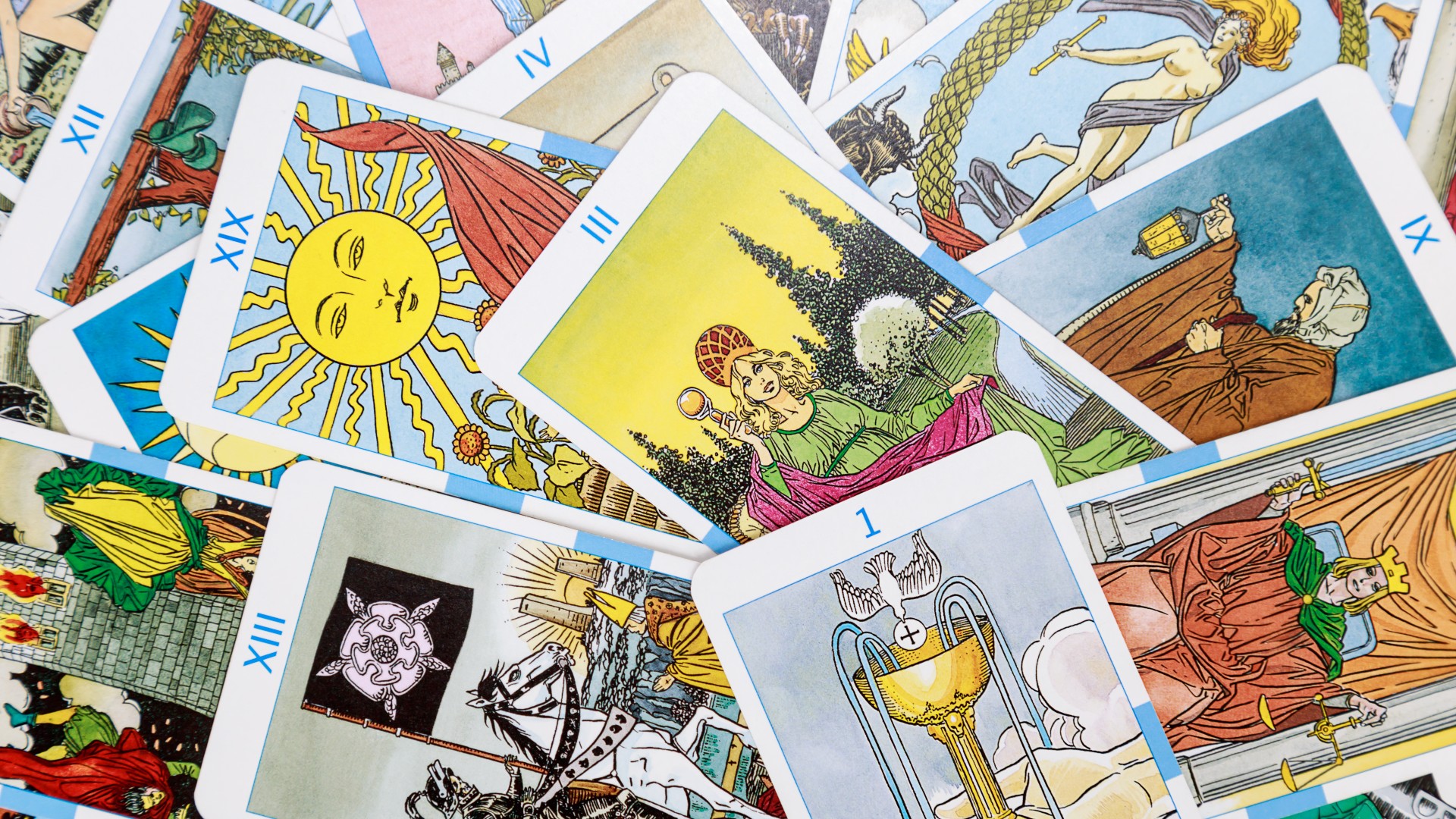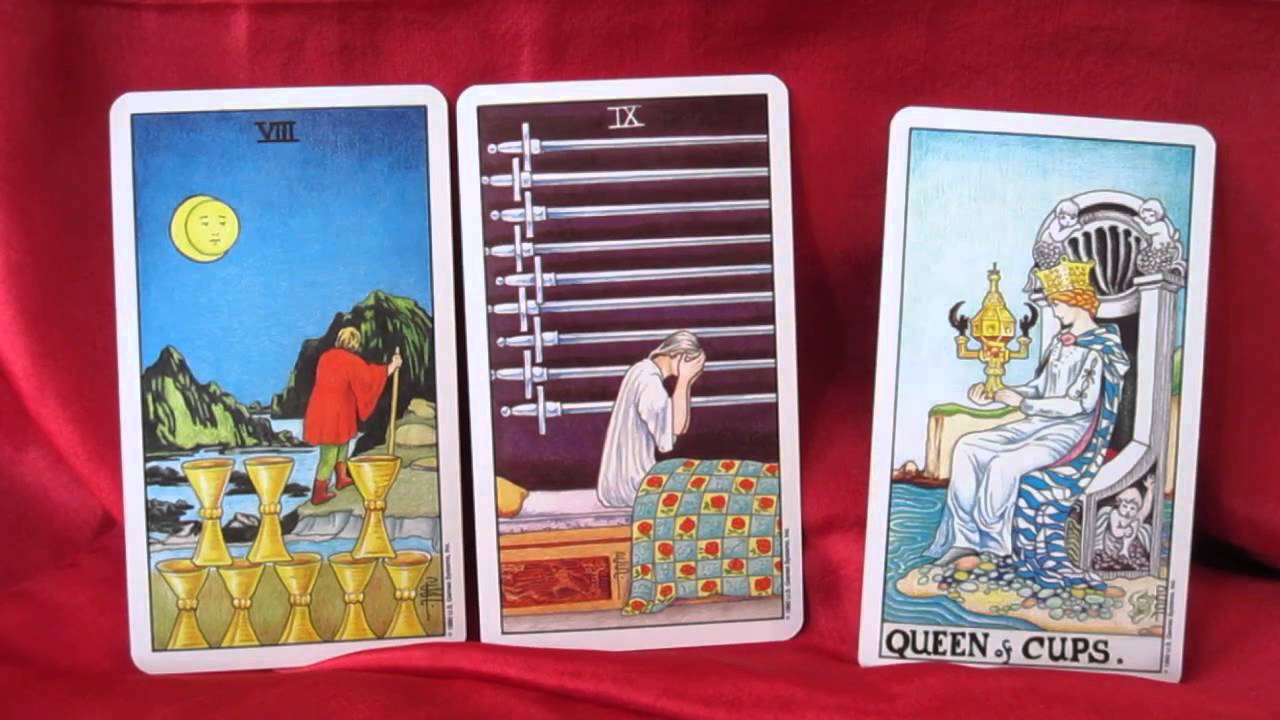
Palmistry is an ancient art that uses the hands as a map to understand your personality. This map can reveal everything, from your history to your personal potential. This palmistry book teaches you how to read your hand's energy through illustrations and interactive features. The book will take you through the four types of hands and help you understand what the lines and marks are on your fingers. You'll also learn about the rings on your hands and what they mean.
Hands: A Comprehensive Guide to Palmistry
The hand is an essential part of a person’s personality. Therefore, it makes sense that you learn how to interpret its form and features. There are four main shapes for hands: air, fire and water. Each of these elements has specific characteristics that reflect aspects of a person's character and personality. These traits are evident in the lines and wrinkles of the hand.
LifePrints - Your Fingerprints can help you decipher your life's purpose
Your fingerprints are unique. We've been using them as a means of personal identification for a century, but did you know your fingerprints can also help you find your life's purpose? Author Richard Unger reveals an empowering way to use fingerprints as a compass for meaning in your life.

Each person's fingerprint is unique and formed five months before they are born. That's why they're considered the most reliable way to identify ourselves. Richard UNger's unique approach to self-discovery offers a daily compass of meaning.
Cheiro the Palmist
Cheiro The Palmist was a well-known palmist who predicted every hour of the future. Despite his fame, Cheiro was a lonely man who resisted social bonds. His lonely life almost cost him his soul. He had many admirers but was unable to write books about his methods and techniques.
Cheiro the Palmist is one the most important palmists of all times. He is known for his revelations about the Line of Life. He believed the Line of Life was applicable to all aspects of life. The line should be both long and narrow. It should also be deep. A person who has a long, narrow, and deep line will be in good health.
Benham Book of Palmistry
The first publication of this practical guide to palmistry was in 1900. It contains over 800 illustrations that are drawn from real life and offers a wealth in information on palmistry. Topics covered in this treatise include: The Basics of Our Work, Plan of Creation, Mount Types, Life Current, General Attributes of the Lines, and Pose and Carry of Hands.

Benham discusses different hand formations called mounts. Benham explained that each mount represents a person's virtues as well as faults. In the same way, each mount corresponds to a different type of astrological sign. Jupiter is the sign Jupiter and Saturn the sign Saturn. Venus is the sign for Venus.
Eason's palmistry books
Cassandra Eason’s A Little Bit of Palmistry gives a good introduction in palm reading. It includes information about the meaning of the basic lines, how they are used, and what the lines mean for life and death. It contains 109 pages and is a great starter book for beginners.
Palmistry can be a fun way to learn. It can be used to predict the future, identify challenges and opportunities, and determine compatibility in relationships. This is the funniest type of divination and also the most accurate. Some books focus only on the active hand, which corresponds to the main writing side. This hand can be used to record the potentials, opportunities and challenges of a person.
FAQ
What is a collection hobby?
The most sought-after collections are books and movies, music, comics as well as comics, videos games, sports equipment, toys, and others.
You can also collect stamps, coins and cars as well as dolls, action figures, figurines, art supplies, kitchen utensils, jewelry and watches as well...
I think you get the idea.
What are observation hobbies?
Observation hobbies are those activities that allow you to watch others do what they do. You might be interested in watching sports, reading, going on holidays, and so forth. It could also include observing others.
Because they teach you how to think creatively, observation hobbies are great. You can draw on this knowledge later, when you work on projects for others.
If you are passionate about something, you will find it easier to learn about it.
If you are interested in learning more about football, for example, you might watch a match or read a book. Exhibitions are a great way to learn about photography.
If you like to play music, you can either learn the songs online or get a guitar.
If you like cooking, you could cook your own meals or visit restaurants.
If you like gardening, you could grow vegetables or flowers.
If you like dancing, you could join a dance class or go out with friends.
If you like painting, you could paint pictures.
If you love writing, you might be interested in writing poems and stories.
You could also draw pictures if you enjoy drawing.
If you love animals, you could look after pets or work at a zoo.
If you enjoy science, you might consider studying biology, chemistry and physics.
If history is your passion, you can either read books or watch films. Or you could listen to podcasts.
You can travel abroad or explore your home area if you love to travel.
How do I start my new hobby?
The first step toward starting any new hobby is to decide what kind of activity you'd like to pursue.
Passion is essential once you have selected your subject.
Understanding why you are interested in a hobby is important. This will help you to find your purpose and direction.
Once you've chosen the hobby you would like to pursue you can start planning.
Think about the equipment that will be needed.
You might need to consider whether you should attend classes or seminars.
Make sure that you have enough space in your home for your hobby.
You may also consider joining a club or group. These groups can offer support and guidance.
The last thing you should do is think about how much money it would cost to pursue your hobby.
What are your educational hobbies?
An educational hobby can be defined as an activity in which you learn something through doing it. It could be anything from playing sports to learning how to play an instrument.
The most important thing is that you find it enjoyable and entertaining. You don't have to do it all the time, but if you find yourself getting bored, then you need to think about what else you could be doing instead.
You also want to ensure you're not spending too much on these activities because they can end up costing you more than they're worth.
Why do we need hobbies
Hobbies are a vital part of our lives as they allow us to unwind, relax, think creatively and exercise. They also give us the opportunity to socialize, network, and have fun. These hobbies offer us the opportunity to learn new skills, develop valuable lifelong interests, and provide opportunities for us to do both.
Hobbies allow us to find meaning in our lives.
These can often be a great way to get some extra time while you have nothing else.
They are fun!
If you don't find time for hobbies, it's likely that you don't have enough time for any other activities.
Look at all the options. Maybe you should consider starting a hobby.
What kinds of hobbies are appropriate for introverts.
Introverts are able to concentrate on one thing at once. They prefer solitude, such as reading, writing music, or watching movies.
They also like to be alone. They don't enjoy being social all day. They can even become bored when they're surrounded by people.
Introverts will often choose hobbies that require them alone. You might find them reading books, listening, playing music, taking photos, writing poetry or painting.
Some introverts even choose to live alone. They can concentrate on their hobby without being distracted.
Statistics
- The Role of the Mind in Sex, Dating, and Love: Men in the “humor” condition received phone numbers from 42.9% of the female participants and were refused 57.1% of the time. (time.com)
- In comparison, men in the “no humor” condition were refused 84.6% of the time and were only accepted 15.4% of the time. (time.com)
- This 100% accurate personality-analyzing hobby quiz discovers your passion based on your characteristics. (quizexpo.com)
- Almost 80% of people claim to have no hobby. (hobbylark.com)
- 37% Video Games 36% Travel 36% Health and Fitness (quizexpo.com)
External Links
How To
How to Start Gardening
Gardening is one the oldest forms. It requires patience, persistence and determination. It is important to choose the right location for your garden. You could choose to plant food on a large parcel of land, or in your own backyard. Next, decide what type of plants you want to grow. Do you prefer vegetables or flowers? Some people enjoy growing herbs and others prefer raising livestock like rabbits. Before you decide what crops to plant, you should think about how much space is available. If your climate is cold, you may decide to plant berries and fruits.
Once you have chosen what you will be planting, you must take some time to prepare your soil. How your plants perform is dependent on how well the soil you use. The soil should be rich in organic matter to provide nutrients for your plants' roots. Organic matter can include leaves, twigs and grass clippings as well as manure and compost. Once your soil is prepared, it's time to add nutrients. You might need different amounts, depending on the species of plants that you want to grow. You can calculate these values online with a fertilizer calculator. There are many fertilizers on the market, so ensure you understand what you are buying.
After you have prepared the soil and added nutrients, it is time to wait for your seeds germination. The process takes between 2 weeks and 3 months depending upon the climate in your area. Once your seeds are sprouted, you must water them regularly. You can endanger your plants if you water them too often or too little. Make sure to give your plants water at regular times and not overwater. Overwatering can result in root rot, fungal diseases, and even death. Consider that plants generally need less water in the warmer months than they do in winter. Also, remember that certain plants need to dry out after watered. Tomatoes for instance need to remain slightly moist, but not wet. They don't like to sit in soggy soil. After plants finish flowering, they need to go dormant. Plants go dormant when they stop producing new growth and instead store energy for next year's harvest. The plant ceases sending signals to its roots to produce food during dormancy. Plants continue to store energy throughout this period. However, the plant will die if temperatures drop below freezing or there is insufficient sunlight.
If you live in an urban environment, you may find yourself limited in the kinds of plants that you can grow. Urban areas tend to contain concrete sidewalks, roads, buildings, and parking lots that block sunlight from reaching the ground. Concrete absorbs light, preventing the soil underneath from getting adequate sun exposure. Because of this lack of sunlight, many plants cannot survive in cities. However, many plants can still thrive in urban environments. Many trees, shrubs, perennials, and other plants can adapt to urban life. In addition, many annuals can be grown indoors in containers. You can bring greenery inside your home all year round, regardless of the weather.
You're now ready to plant after you have chosen where and what to grow in your garden.